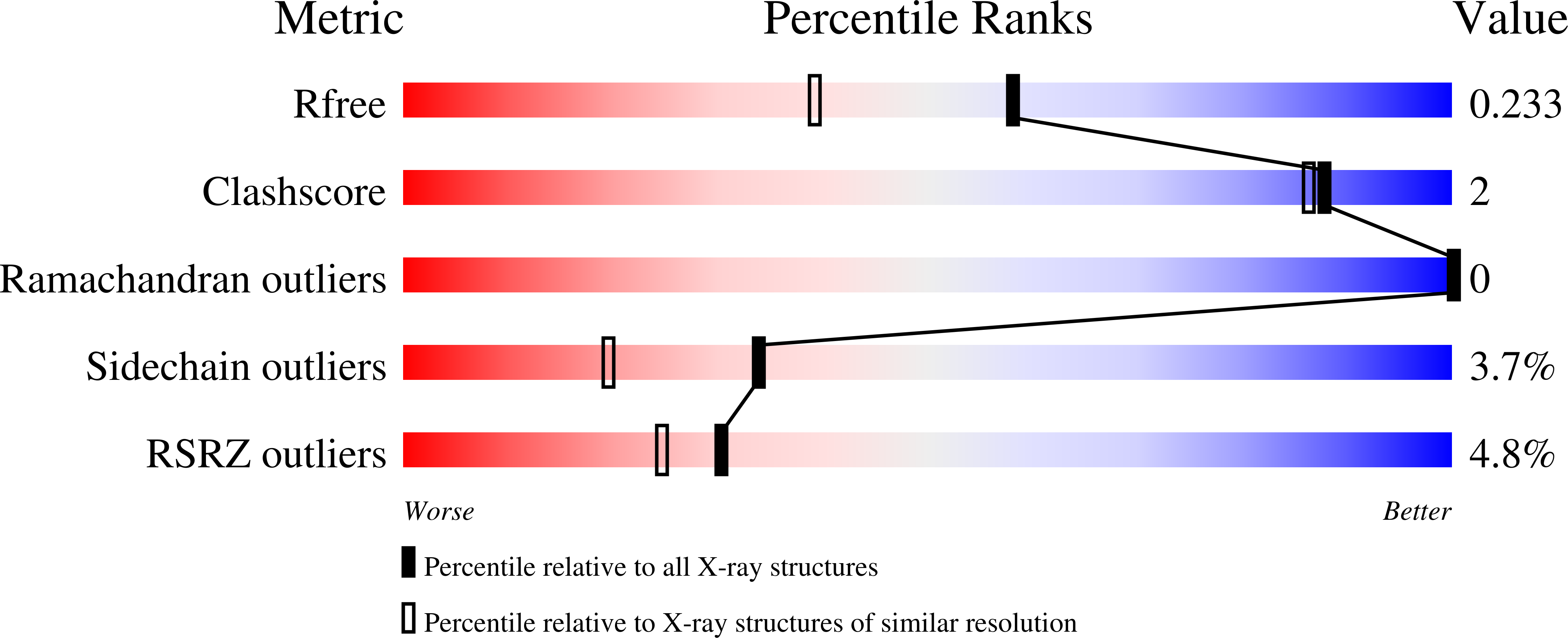
Deposition Date
2023-01-19
Release Date
2023-08-30
Last Version Date
2024-03-13
Entry Detail
Biological Source:
Source Organism:
Bdellovibrio bacteriovorus HD100 (Taxon ID: 264462)
Host Organism:
Method Details:
Experimental Method:
Resolution:
1.80 Å
R-Value Free:
0.23
R-Value Work:
0.18
Space Group:
P 2 21 21


